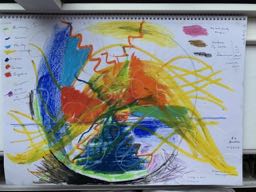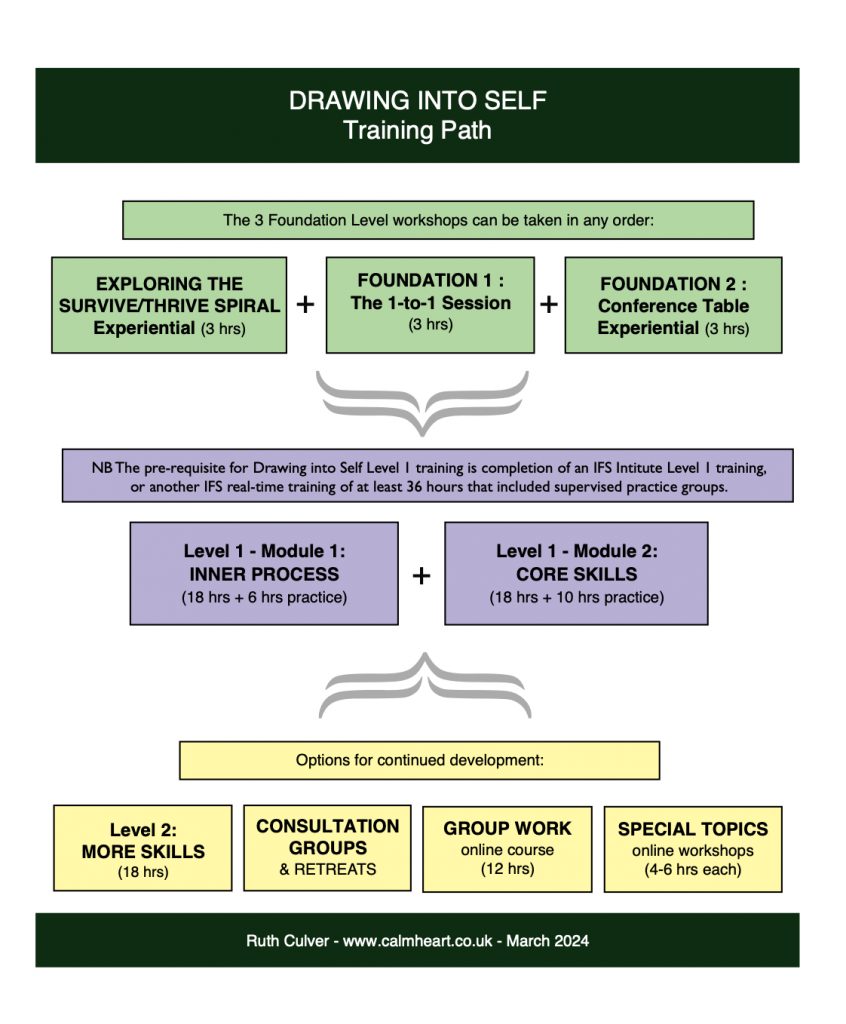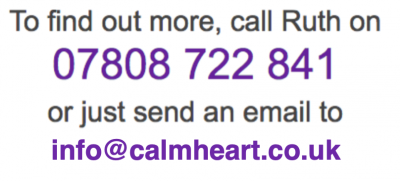Drawing into Self is a comprehensive externalisation method for doing IFS with individuals and groups, devised by Ruth Culver. It combines the IFS protocol with guided somatic mark-making, using pastel crayons on paper.
No skill is needed, just than the ability to scribble and curiosity to explore. There is no goal to ‘make art’ – the drawing is abstract and simply a result of the IFS process.
By tapping into and following the somatic energy of parts, Drawing into Self develops deep embodied connection, and often reveals subconsciously-held information. It also offers a way to work with multiple parts within the system, bringing clarity and reducing overwhelm. It supports easier unblending and builds relationships between parts and Self, and provides an accessible way for people to continue connecting with their parts outside the therapy room.
TESTIMONIALS
“A terrific creative exploration and invitation to deepen into Self and parts”
“Such a clean and graceful intervention, yet one which goes so deep so fast.”
“This is a BEAUTIFUL method – the way it opens clients up, helps them to learn about themselves and heal.”
“I use what I learned every day because it really works”
“So empowering and freeing. I continue to use drawing as a means to work through things.”
“I use it a lot and it helps get clarity around all sorts of complicated things.”
“The drawing is so powerful for unblending”.
“So useful as an avenue out of the head and into embodiment.”
“Hugely helpful for disentangling and understanding.”
“I have embedded it into my own practice and use it regularly with clients — thank you!”
BENEFITS
Drawing into Self has many benefits, including:
- Facilitates easier unblending
- Gives agency to parts
- Circumvents cognitive restrictions
- Access to somatic, pre-verbal & non-verbal information
- Supports safe expression of intensity & somatic release
- Develops (re)-connection to body
- Working with multiple parts at once & their inter-relationships
- Understanding the wider system brings relief
- Inherently grounding & playful
- ‘Journaling for dyslexics’ (+ quicker than writing)
- Neurodiversity-friendly
- Option for those who don’t like ‘going inside’ e.g. teens
- Prompts & supports continued connection between sessions
- Practice tuning into the body
- An easier way to work with groups
- Suits all ages
- Empowers people to do IFS without a therapist
- Supports intercultural communication and building community
- Can be used for language challenges such as brain injury, refugees etc
- Group participation & sharing builds bonds, trust & community
- Expands access to IFS beyond the therapy room
- Engaging, affordable, accessible
Dates and booking for courses and workshops




